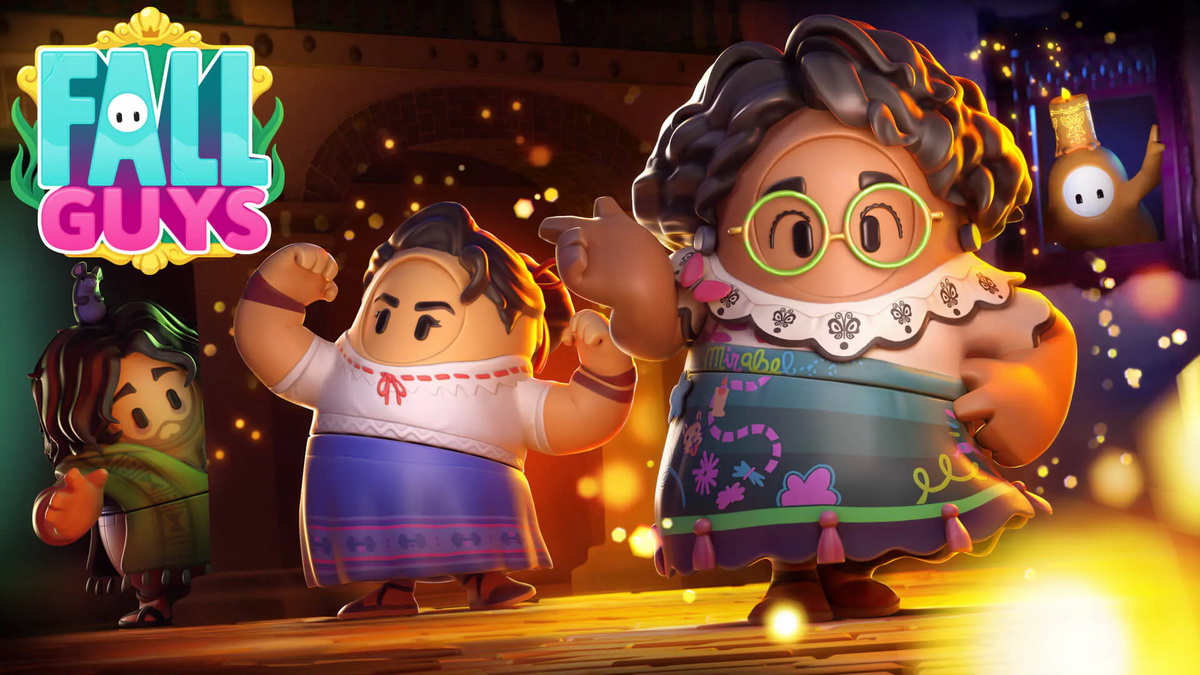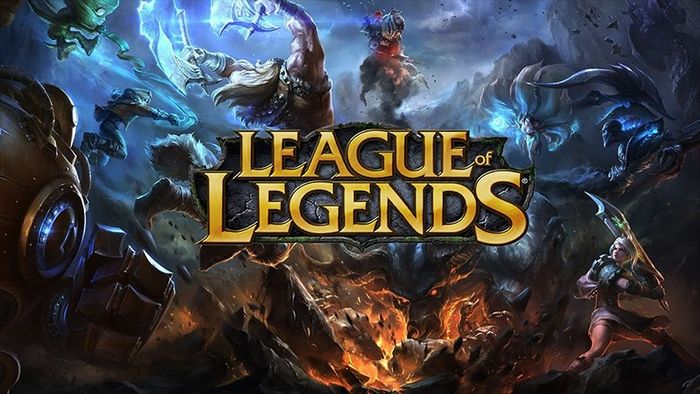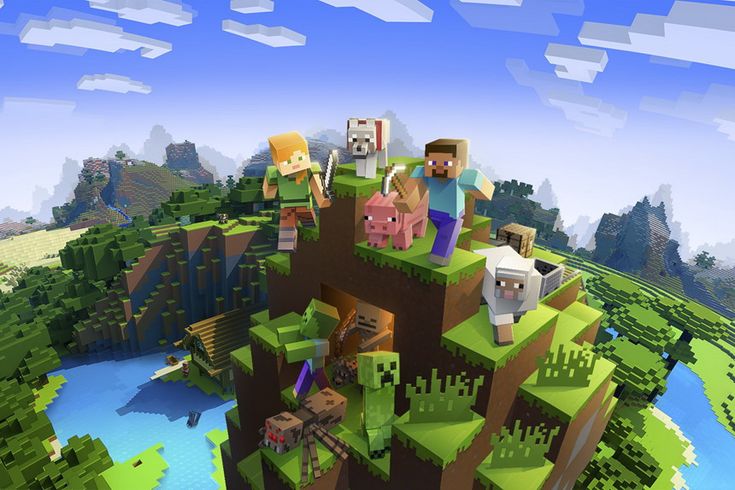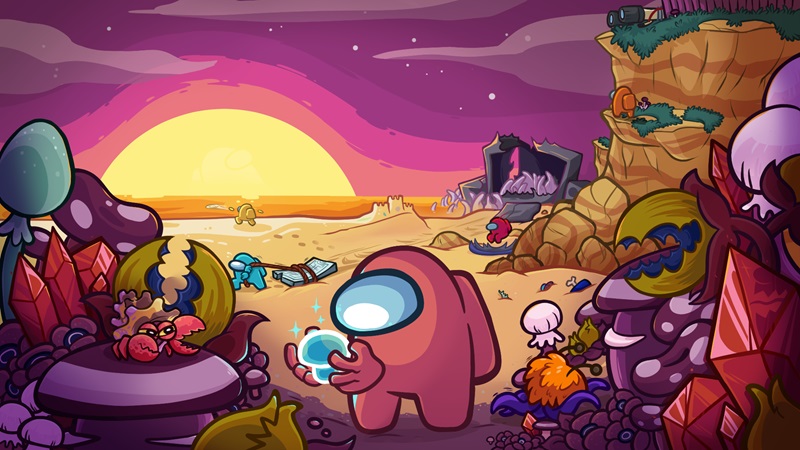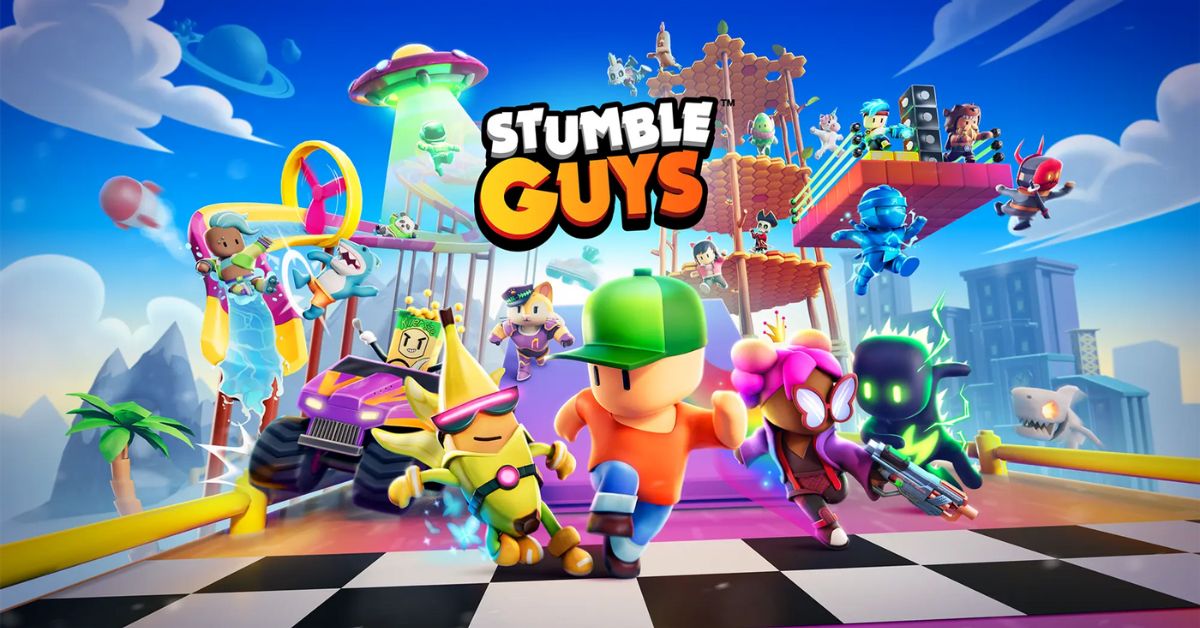Steal a Brainrot: Unmasking the Meme That Took Over the Internet
“Steal a Brainrot” is more than just a phrase—it’s a digital phenomenon. It started as a meme and spiraled into a cultural movement, reshaping how young internet users engage with obsession, fandom, identity, and ironically, mental health. But what does it really mean to “steal a brainrot”? Where did it come from, and why has it become such a symbol in internet subcultures?
This article dives deep into the origins, evolution, and impact of "steal a brainrot." From early Tumblr posts to viral TikToks, we’ll explore the stages of this meme’s life and how it's come to represent a specific flavor of chaotic, all-consuming fandom energy.
What Does “Steal a Brainrot” Even Mean?
The term "brainrot" refers to an obsessive fixation, often on a fictional character, ship, media, or aesthetic. It’s not clinical—it’s slang for when your thoughts are consumed by something to an irrational degree.
Defining "Steal a Brainrot"
To steal a brainrot means to absorb someone else’s obsession and make it your own. You adopt their fixation so intensely that it overtakes your thoughts. It's both a joke and a coping mechanism for chronically online users who fall down fandom rabbit holes.
Key Characteristics
-
Highly emotional connection to content
-
Ironic detachment mixed with real passion
-
Social bonding through shared hyperfixations
In short, “stealing a brainrot” is a modern-day possession—you’re overtaken by someone else’s enthusiasm and make it part of your digital identity.
The Early Days: Tumblr, Fandoms, and Mental Health Language
The roots of "brainrot" as a term lie in early Tumblr fandoms, especially those surrounding anime, cartoons, and fantasy fiction.
Tumblr and Fandom Hyperfixation
Tumblr, the breeding ground for fandom discourse, used “brainrot” casually as early as 2015 to describe unhealthy obsessions. Posts like "I have [character] brainrot again help" were common.
Mental Health Influence
The term piggybacks on neurodivergent language like "hyperfixation," "splinters," and "special interest" often associated with ADHD and autism, though not always used clinically. It’s important to recognize this language’s impact while also understanding its memeification.
Enter TikTok: The Rise of Aesthetic Brainrot
Around 2020–2021, the term took off on TikTok, where short-form video allowed users to show the chaos of brainrot in visual form.
POV Videos & Edits
TikTok users began uploading POV brainrot edits featuring:
-
Blurred images
-
Distorted music
-
Shaky cam aesthetic
-
Overwhelming text
These videos often featured lines like “This is my Roman Empire” or “Sorry I stole your brainrot.”
Personalization & Chaos
The appeal was in the personal chaos. Everyone had a different object of fixation—from "The Magnus Archives" to obscure anime villains.
“Stealing” a Brainrot: How It Became Social Currency
“Stealing” a brainrot became an act of admiration—and friendly theft. Online friendships often form when people share obsessions, and “stealing” it signals alignment.
A New Type of Influence
Influencers with niche obsessions became trendsetters. When one person posts enough about their hyperfixation, others “catch” it—this is the theft.
Examples
-
A user makes 20 posts about a 3-second movie clip.
-
Their followers watch the clip.
-
10 people develop “brainrot” for that moment and start posting their own edits.
It’s cultural contagion, but with memes.
Community and Identity in the Age of Brainrot
Fixations like these help form digital identity clusters. People bond over shared obsessions and form micro-communities.
The Role of Discord and Twitter
-
Discord servers emerged dedicated to specific “brainrots,” from Genshin ships to fictional blorbos.
-
Twitter/X became the space to chronicle the daily spiral: “day 36 of [insert brainrot] I am not well.”
These communities thrive on shared language and referential humor, building insular but emotionally supportive spaces.
The Ironic-Sincere Spectrum
“Steal a brainrot” exists at the crossroads of irony and sincerity—a defining trait of Gen Z humor.
Coping or Cringe?
Many users joke about how much their brainrot consumes them:
-
“It’s not a phase, it’s a lifestyle.”
-
“I’m living in this delusion forever.”
This irony shields genuine emotion. People are actually attached, but expressing it through meme makes it socially palatable.
The Cringe Reclamation
“Cringe” has been reclaimed. Having brainrot is no longer embarrassing—it’s a badge of commitment, even when it’s absurd.
Finding Balance
It’s important to recognize when a fixation is enriching vs. when it’s becoming an unhealthy crutch. Muting, detoxing, and breaks help.
Real-Life Applications: When Brainrot Becomes Productive
Some users manage to turn their brainrot into artistic careers, niche blogs, or online influence.
From Fan to Creator
Many creators now monetize their obsessions:
-
Starting fandom YouTube channels
-
Opening fanart Etsy shops
-
Creating zines and patreon-exclusive content
This shows how passion—when focused—can lead to meaningful output.
Brainrot as Creative Fuel
For writers, artists, editors, and performers, having brainrot becomes a powerful creative catalyst. The obsession leads to intense productivity and attention to detail.
The Future of “Steal a Brainrot” in Meme Culture
As meme language evolves, “steal a brainrot” is cemented as part of Gen Z and Gen Alpha’s digital lexicon.
Where It’s Headed
Expect to see it in:
-
Fanfiction titles
-
TikTok sound trends
-
Clothing slogans
-
Mental health memes
The term may fade in popularity, but the concept—overidentification with a hyperfixation—is timeless in internet culture.
More Than a Meme
Ultimately, it reflects something very human: the need to feel deeply, even through fictional or aesthetic obsessions, and to share that depth with others.
Conclusion: The Power and Peril of “Steal a Brainrot”
"Steal a Brainrot" isn't just a meme—it’s a mirror. It reflects how people cope with modern life, connect with others, and express themselves in a world of constant digital noise.
While it can lead to meaningful creativity and friendships, it’s also a warning about burnout and escapism. Understanding when your fixation serves you—and when it controls you—is the key to mastering your brainrot rather than letting it master you.
So next time you feel a “brainrot” coming on, ask yourself: is it worth stealing? And what will you do with it once it’s yours?
Overall Rating: 8.7/10
| Category | Score | Notes |
|---|---|---|
| Creativity | 10/10 | Excellent for artistic inspiration |
| Social Value | 9/10 | Builds community fast |
| Mental Health Risk | 6.5/10 | Risky if unmoderated |
| Longevity | 8/10 | Likely to evolve but remain present |
| Meme Impact | 9/10 | Widespread across platforms |
Final Verdict: A vibrant, chaotic meme that encapsulates both the brilliance and burnout of internet culture.



















